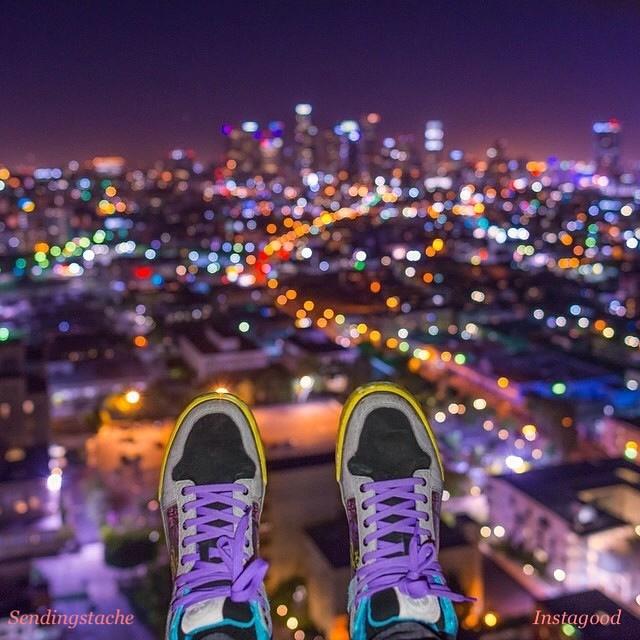Once upon a time, everyone under 18 entertained themselves at the dentist’s office by flipping through the same tired selection of OK!, People and Star. In each magazine, there was some version of the article “Stars: They’re Just Like Us!” The fact that Gwen Stefani pushed a grocery cart or Gwyneth Paltrow took Apple to the park proved that, gee, famous people are people too! Their lives may be glamorous but at the end of the day, they need to buy bananas. No matter how uninterested a person was in these celebrities, they still had some knowledge of a movie star’s so-called “personal” life, because their public lives were so glamorous that the world wanted a way to make it feel accessible.
With social media, this has morphed into an entirely different side of the same phenomenon. Fame used to make the mundane activities something novel. Now, with the rise in smartphone usage, anyone with a phone can turn their everyday activities into something novel. It seems to take less to become famous than ever before. With the right hashtags and camera angle, a person can Instagram their way into a sponsorship, modeling deal or magazine article.
Take the whole “belfie” (bottom selfie) sensation. Jen Selter, an Instagrammer and apparent fitness junkie, became famous for taking pictures of her rear and creating a network based around it on Instagram. She’s had articles in everything from Women’s Health to the New York Post to a page on Wikipedia.
Similarly, networking through Instagram can lead to a spike in followers by way of a “re-post.” Foodies can connect with users such as @infatuation to attract other foodies. iPhone photographers can attract attention and often travel-jealousy through @instagood. By posting a certain type of photo and attracting the right audience, a person who doesn’t even touch the red carpet can attract the same amount of attention as one who does.
Instagram allows people to manipulate their everyday life into something literally “picture perfect.” Maybe that fancy meal wasn’t so great, but by the time the bird’s eye view, Valencia filter and #foodie #dinner #sogood hastags are added, 95,878 people are convinced it was. Or that party last night: It doesn’t matter that it ended in a huge fight and you went home crying at 11:45 p.m., because you and @ashleeeee897 look #blessed to be #livinglife in the photo that was posted at 10:30 p.m., and 500 people you barely know have already liked it.
It would be unfair to say I don’t like Instagram. I enjoy it. I like playing with filters, and I get the same little feeling of being moderately interesting when people like it. But there is a reason that Buzzfeed has posts about “Instagram vs. real life.”
No matter how amazing your feed is, you are not as cool as your Instagram. If you share something with the world, it doesn’t necessarily mean people know you. Our entire social media presence is a curated, one-dimensional version of us. It is an entire job to post on social media, because becoming and maintaining one brand takes effort and attention.
Social media should be fun, but it should not be or replace the everyday. Sometimes the sunset should just take your breath away as it is, rather than lead to a potential follower. Sometimes validation should come from within, not because of a certain amount of likes. Sometimes your privacy should come before your network of people you barely know. Your life experience cannot and should not be summed up on anything described as a “platform.” You are not as cool as your Instagram, but the real world will always be cooler through your own eyes, rather than a two-inch square.








